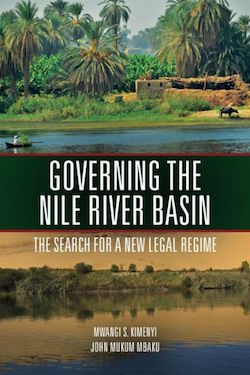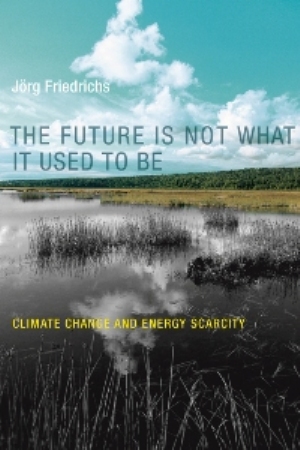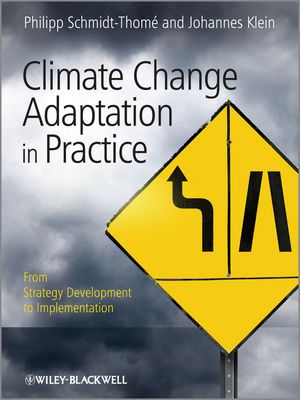AN INTRODUCTION TO ECOLOGICAL ECONOMICS
Reviewed by Frank Ackerman, Massachusetts Institute of Technology
Seemingly intended for a specialized niche as a supplementary text in certain courses

An Introduction to Ecological Economics, Second Edition, by Robert Costanza, John H. Cumberland, Herman Daly, Robert Goodland, Richard B. Norgaard, Ida Kubiszewski, and Carol Franco, CRC Press, 2014
Ecological economics is an important field that typically receives little, if any, attention in standard economics textbooks. The title and authorship of this book suggest that it could fill that void, as a text coauthored by some of the best-known names in the field. Unfortunately, it may instead be an example of the problems of writing a book by committee; several of the authors have done more interesting and compelling writing in sole or dual-authored works.
This book opens with the statement that it “is not intended to be a stand-alone economics textbook, nor is it a comprehensive treatment” of ecological economics. Rather, it seems intended for a specialized niche as a supplementary text in certain courses. Issues are explained in the authoritative and somewhat simplified voice of a textbook, yet familiarity with the underlying material is often assumed. The bulk of the book consists of two long chapters, one on principles of ecological economics and the other on institutions and policies. These are generally better than the earlier material, though they suffer from some of the same defects. A two-page discussion of the 1997 paper by Constanza et al. on the total value of the world’s ecosystems mentions that it has been cited 5,000 times, that it has since been updated by the authors, and that it has been controversial among economists (the latter is an understatement). Nothing at all is said, however, about the content of those controversies.
The discussion of institutions and policies helpfully includes Herman Daly’s list of ten key principles. I would be delighted to endorse eight of them as cornerstones of a new economy. One of the exceptions is “stabilize population,” which seems to include enforcement of immigration laws – a topic fraught with troubling implications for racial and economic inequality in rich countries today, where a more nuanced and detailed discussion is needed. Finally, there is “move away from fractional reserve banking toward a system of 100% reserve requirements.” How did this make it into the top ten policy ideas of ecological economics? It proposes a very complex restructuring of the banking system, which is on no one else’s agenda, and does not address the important current questions of financial regulation.
Better alternatives are available. For a textbook on ecological economics, try Ecological Economics, Second Edition: Principles and Applications, by Herman Daly and Joshua Farley, or Ecological Economics, An Introduction, by Michael Common and Sigrid Stagl. And if colleagues ask you to join an enormous committee to write a book, just say no.



